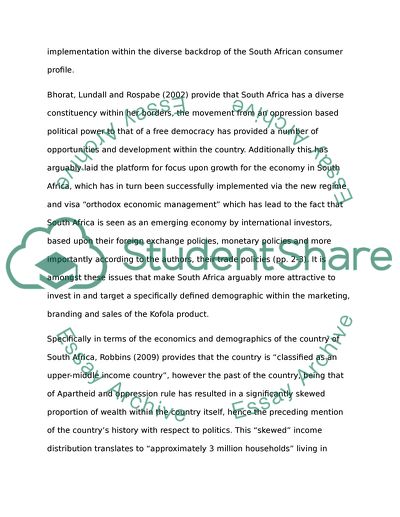Cite this document
(“Foreign Market Entry Dissertation Example | Topics and Well Written Essays - 3250 words”, n.d.)
Foreign Market Entry Dissertation Example | Topics and Well Written Essays - 3250 words. Retrieved from https://studentshare.org/marketing/1740737-international-marking
Foreign Market Entry Dissertation Example | Topics and Well Written Essays - 3250 words. Retrieved from https://studentshare.org/marketing/1740737-international-marking
(Foreign Market Entry Dissertation Example | Topics and Well Written Essays - 3250 Words)
Foreign Market Entry Dissertation Example | Topics and Well Written Essays - 3250 Words. https://studentshare.org/marketing/1740737-international-marking.
Foreign Market Entry Dissertation Example | Topics and Well Written Essays - 3250 Words. https://studentshare.org/marketing/1740737-international-marking.
“Foreign Market Entry Dissertation Example | Topics and Well Written Essays - 3250 Words”, n.d. https://studentshare.org/marketing/1740737-international-marking.


